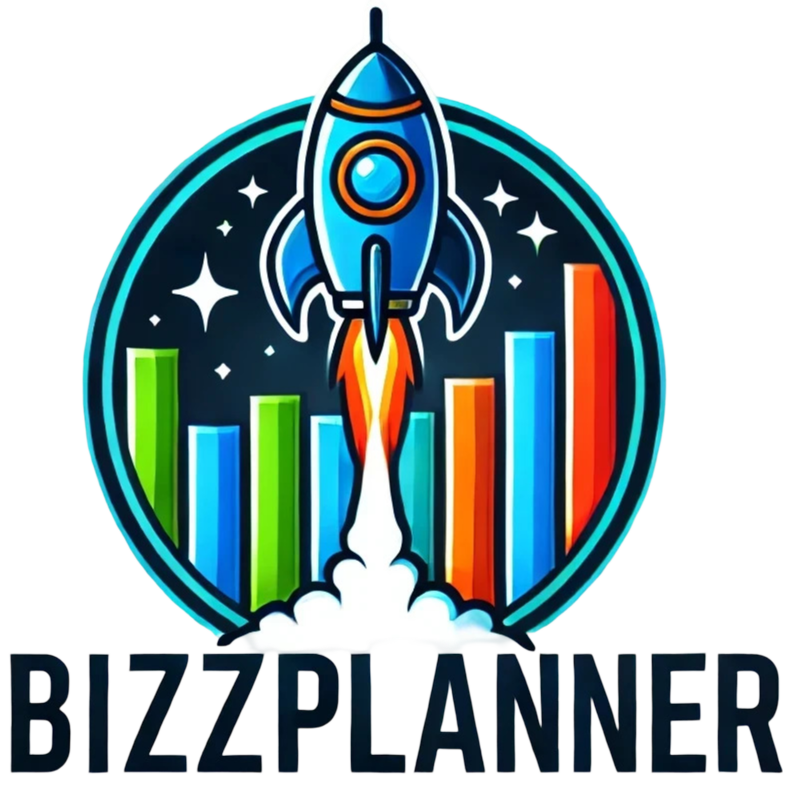Implementing a CRM system can feel like a daunting task, especially with so many options and processes to consider. You might be wondering where to start, how to choose the right tools, or even if it’s worth the effort. Trust me, you’re not alone in feeling a bit overwhelmed!
But if you stick around, I promise you’ll find clarity. We’ll break down the steps to implement your CRM system effectively, making the process a lot smoother and giving you the confidence you need to tackle this project. With the right roadmap, you’ll be well on your way to better customer relationships in no time.
We’ll cover everything from defining your goals to training your team, ensuring you’ve got a solid plan in place every step of the way. Let’s dive into how to make this CRM journey as seamless as possible!
Key Takeaways
Stefan’s Audio Takeaway
- Establish clear, measurable goals for your CRM that align with your business objectives.
- Involve your team early to identify needs and gather valuable insights.
- Choose a diverse team for the implementation process, including a project manager and a CRM champion.
- Select a CRM platform that meets your essential needs and offers scalability.
- Clean and organize your existing data before migrating to ensure a smooth transition.
- Create a detailed implementation plan with milestones to keep track of progress.
- Customize and integrate the CRM for better efficiency across your tools.
- Conduct thorough testing to identify any issues before launch.
- Provide comprehensive training for your team to maximize CRM utilization.
- Roll out the system in phases for a smoother transition and gather feedback continuously.
- Monitor performance regularly and be ready to adjust as needed to meet goals.

1. How to Implement a CRM System Effectively
Implementing a CRM system effectively is all about strategy and planning. Start by establishing clear, measurable objectives that align with your overall business goals. For instance, if increasing customer retention by 27% is your goal, your CRM should support that with tools for better customer engagement.
Involve your team in the process, as their input can help identify pain points and desired features. Organizing a “wish list” meeting where employees share what they hope the CRM will achieve can surface valuable insights.
Finally, don’t forget to monitor progress regularly. Set checkpoints to assess how well the CRM is meeting your goals, making adjustments along the way if needed. For example, if you find that the customer data is still scattered across departments, you might need a training session to address this gap.
2. Define Your CRM Strategy and Goals
Your CRM strategy should be built on a foundation of clear goals and an understanding of your customers’ needs. Ask yourself questions like, “What do I want to achieve with this CRM?” For many, the answer revolves around improving customer satisfaction and boosting sales.
Craft specific, quantifiable goals such as increasing sales forecast accuracy by 42% or achieving a 29% increase in sales. This will give your team something concrete to work towards.
Be sure to document your strategy so that everyone’s on the same page. A simple shared document outlining the strategy, goals, and key performance indicators (KPIs) can go a long way in keeping your team focused and motivated. For example, track metrics like customer engagement rates to evaluate success.
3. Assemble Your CRM Selection and Implementation Teams
Getting the right people on board for your CRM project is crucial. Start by selecting a diverse group with members from different departments: sales, marketing, customer service, and IT. This variety brings different perspectives and knowledge to the table, ensuring your CRM will meet everyone’s needs.
Designate a project manager to spearhead the implementation process. This person will help keep things organized and ensure the project stays on schedule. When searching for a project manager, look for someone who’s not only detail-oriented but also a great communicator.
Consider appointing a CRM champion from within your team. This person can serve as an advocate for the project, helping to drive engagement and address concerns along the way. Don’t underestimate the power of a passionate team member who believes in the CRM’s potential benefits and is eager to share them with others.

4. Choose the Right CRM Platform for Your Business
Selecting the right CRM platform is a crucial step in ensuring an effective implementation. Start by assessing your needs — think about what features are essential for your team, such as automation, analytics, or integration capabilities.
Look at user reviews and compare different platforms. According to recent surveys, 91% of businesses with over 11 employees are now using some form of CRM, emphasizing its importance in customer management.
Consider opting for a solution that offers scalability. As your business grows, you’ll want a CRM that can adapt to your evolving requirements.
Lastly, take advantage of free trials. This hands-on experience can help you gauge whether the platform fits seamlessly into your daily operations.
5. Prepare Your Data for the CRM Transition
Before migrating to a new CRM, clean and organize your existing data. Start by identifying key data points you need to carry over, like customer contact information and interaction histories.
Eliminate outdated or redundant records. A clutter-free database will ensure smoother integration and prevent confusion later.
Consider standardizing the format of your data. Uniformity makes it easier for the new system to process and organize your information.
Collaboration is key here — involve your team in this process to catch any issues and ensure critical data isn’t overlooked.
6. Create a Detailed Implementation Plan and Timeline
A solid implementation plan includes specific milestones and deadlines. Start by breaking down the project into smaller, manageable tasks.
Assign responsibilities to different team members. This fosters accountability and ensures that everyone knows their role in the process.
Regularly review your timeline to stay on track. Keeping an eye on deadlines can help you promptly address any hurdles that arise during the implementation.
Don’t forget to account for any potential training sessions or additional resources that might be required.
7. Migrate Existing Customer Data to the New System
Data migration can feel overwhelming, but a planned approach makes it easier. Start with a small batch of data to test the migration process. This can help identify any potential issues early on.
Make sure to back up all your existing data before you begin, just in case you run into any glitches.
Once you’re comfortable with the process, gradually migrate larger data sets. Validate the data as it’s transferred to ensure accuracy.
8. Customize and Integrate Your CRM System
Customization is where you can tailor your CRM to best fit your business needs. Start by determining which features you’ll use regularly and modify them accordingly.
Integrate your CRM with other tools your team uses, like email marketing platforms or project management software. This helps streamline processes and improves data flow across systems.
Keep in mind that your CRM should evolve alongside your business, so be open to making further changes as your needs change.
9. Conduct Thorough Testing of the CRM System
Before launching your CRM, it’s important to conduct comprehensive testing. Engage different team members to test various functionalities. Their perspectives can reveal areas needing refinement.
Prepare to assess how the system handles real-time data. Almost half of all businesses using CRM report significant improvements in service efficiency, so it’s essential to ensure its reliability.
Don’t skip stress testing. You want to see how the system handles peak activity, just as you’d want a car to perform at top speed.
10. Develop a Training and Onboarding Plan
Training is key to ensuring your team effectively utilizes the new system. Start by creating a comprehensive training guide that covers all aspects of the CRM.
Organize hands-on workshops for your team to practice using the platform. This practical experience reinforces learning and boosts confidence.
Consider leveraging online resources or reaching out to CRM vendor support for ongoing training opportunities.
11. Roll Out the CRM System in Phases
When rolling out the CRM, consider a phased approach to minimize disruption. Start by implementing in one department, allowing you to iron out any initial kinks before a wider deployment.
Gather feedback continuously during this phase. It helps you address concerns promptly and supports a smoother transition.
Once the initial department is comfortable, use their experiences to inform the next rollout stage, making adjustments as needed.
12. Monitor Performance and Make Necessary Adjustments
After your CRM is live, tracking its performance is crucial. Define KPIs to measure success, such as tracking customer engagement rates or sales productivity, which can see a 34% increase with effective CRM usage.
Conduct regular reviews to assess whether the CRM meets your initial goals. Being adaptable is key; what works well now might change as your business evolves.
Stay engaged with your team to understand their experiences. They can provide insights that might lead to necessary adjustments for better efficiency and productivity.
FAQs
Key steps include defining your CRM strategy and goals, selecting the right CRM platform, preparing your data, rolling out the implementation, training users, and continuously monitoring and adjusting the system for optimal performance.
Consider your business size, industry needs, budget, and specific features required. Evaluate platforms based on usability, integration capabilities, customer support, and scalability to ensure they align with your long-term goals.
Your training plan should cover system navigation, data entry protocols, user roles, reporting features, and integration with existing tools. Include hands-on sessions, resources for ongoing learning, and feedback mechanisms for users.
Monitor performance using key metrics such as user adoption, lead conversion rates, and customer satisfaction scores. Regularly gather user feedback and conduct performance reviews to identify areas for improvement and necessary adjustments.
